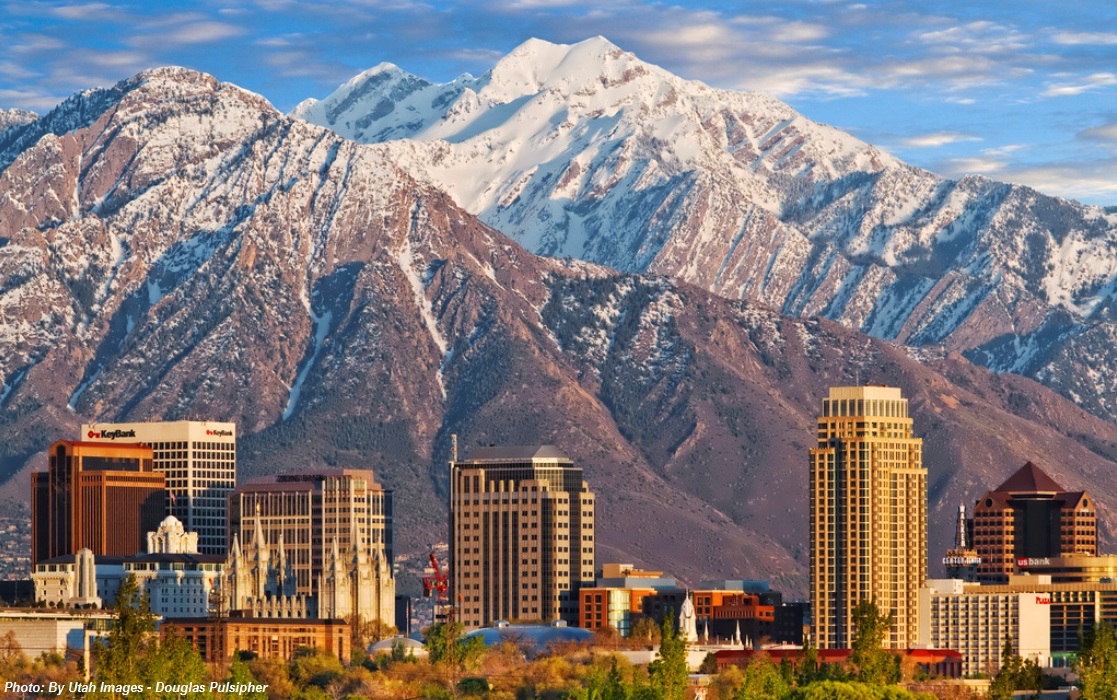People love to breathlessly discuss “the cities of the future” or “where the young people are headed,” and goddamn hand to some deity, I am no exception. I’ve written about people moving away from coasts, the best cities for jobs for young people, social mobility, what millennials want out of cities, something called “The One D” index, where to go if you’re a woman looking to get married, and why we all love cities west of the Mississippi.
I dropped all the links up there for two reasons — (1) I’m a selfish prick and I want you to click on more things I’ve read, and (2) there are literally 901,288 ways to define what’s a good, livable city. For each person/family, that definition is going to be different, and it can change rapidly. I can tell you that my May 2014 job search was predominantly focused on Boston and North Carolina. I now live in Fort Worth, Texas. I actually really like it. (Someday I’ll write a longer post about that.) At the time I moved — when my car pulled away from Minneapolis — I said to myself, “Jesus, this may not work.” It has worked so far. Broader point? Sometimes your context on a place or destination or city vs. suburb changes. People think differently at different stages of their life. That’s literally how life works.
(Oh, by the way, here’s another way to look at cities. And another one.)
Today, let’s look at “Cities With The Largest Share Of Young Adults.”
This comes from a project called “Generationed City” at the University of Waterloo, which is in turn summarized here. The basic idea is pretty logical: we often talk about “gentrification” — it’s a high-level, political word — but maybe what’s really happening is “youth-ification,” or, well, your neighborhood is becoming a tapestry of generations as opposed to one type of people forcing another type of people out.
If you look at it that way and try to look at cities with a high percentage of young people, here’s the map you get back:
This is defined by “share of residents 25-34,” which I’m happy to report is a subset I’m still included in, albeit just barely. Salt Lake City and Austin are both about 17 percent of the population being 25-34, which makes sense because both have (a) schools and (b) some of the tech industry. The “smallest share” side makes sense too — it’s pretty much Florida and a bunch of Rust Belt cities, confirming stereotypes. (Although that might be wrong in its own way.)
With the exception of Washington, DC, every single “largest share” city is west of the Mississippi. Interesting, right? That could be because you need more money, typically, to live east of the Mississippi (at least along the I-95 corridor). You tend to not have as much money when you’re young. (Again, life.) If you think I’m just talking in bullshit, consider this: San Francisco, pretty much the most expensive place to live in America, isn’t on this “share of young people” list. (Seattle is probably the closest to that ethos.) Rather, you see a lot of cheap places (comparatively) even there — SLC, Austin, Denver, Houston, and Las Vegas.
Here’s what Richard Florida summarizes with all this, which is a pretty conventional narrative about the generation coming up right now:
Why has this happened? And what does it mean? Moos suggests that these changes grow out of a number of socio-economic shifts. Young people in the U.S. and Canada are experiencing less job security, more chinks in the social safety net, high housing prices, delayed childbearing and a growing enthusiasm for urban living. For these reasons, renting closer to the city center—where increasing stocks of divided row housing and condos are readily available—becomes a more attractive option.
Close to the city center and cheap/low cost of living is the model I think a lot of people are interested in; why do you think so many people end up moving to Texas? (For context, my entire hallway in Texas is people from other states who moved semi-recently.)
Thing is, though … the future is hard to predict. We can say “Millennials want cheap cities!,” and that’s true for now. But maybe one of the people gets a better job, they have kids, they want space, etc… that’s a narrative as old as time too. So these trends above may resonate now, but as millennials become their own version of Boomers — and we start calling them something different, inevitably — then maybe you’ll see a regression back to the norm too.

